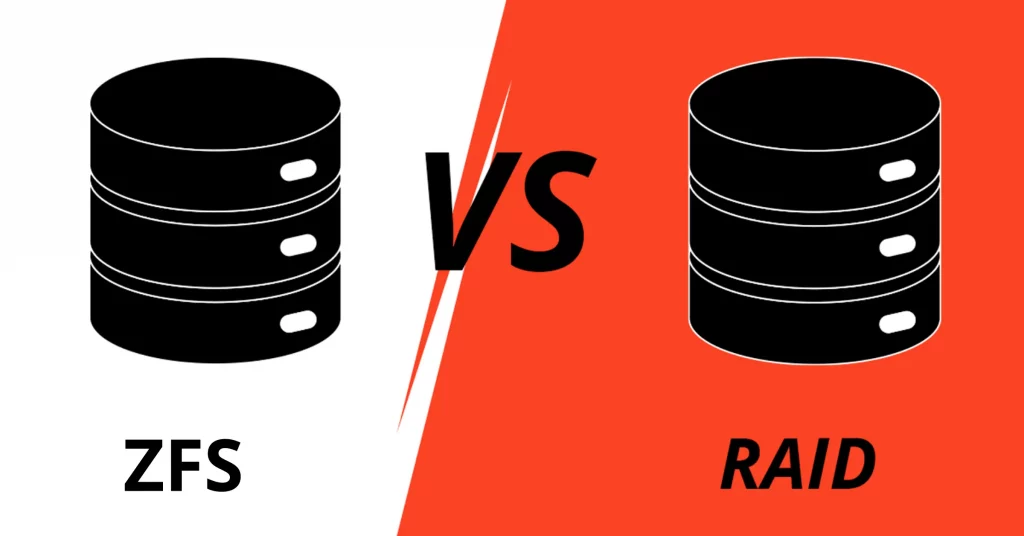Malware and ransomware represent types of harmful software capable of inflicting significant harm on computer systems. While commonly interchangeable, they differ notably in their operations and impacts.
Malware encompasses various types, such as viruses, worms, and trojans, designed to infiltrate systems and disrupt normal functions. On the other hand, ransomware encrypts files and demands payment for decryption, aiming to extort money from victims.
Throughout this article, we will delve into the intricate definitions, distinct characteristics, and far-reaching impacts of both malware and ransomware, shedding light on the critical importance of cybersecurity measures.
Understanding Malware
Malware, short for malicious software, includes harmful software that aims to harm computer systems. It comes in different forms, such as viruses, worms, Trojans, and spyware. Malware’s main goal is to gain unauthorized access to data or disrupt computer operations, posing cybersecurity risks. These programs can be unknowingly downloaded from suspicious sources, underlining the need for strong cybersecurity measures.
Types of Malware
- Viruses: A virus is a type of malware that attaches itself to legitimate programs and then spreads by infecting other files or systems.
- Worms: Worms, like viruses, do not require attaching to other programs to propagate.
- Trojans: Trojans pose as harmless programs but can execute malicious actions, such as data theft or granting hackers remote access, once installed on a system.
- Spyware: Spyware gathers user activities and transmits the data to the software creator without user awareness.
- Ransomware: Ransomware encrypts computer files, demanding payment to restore access.
While these are some of the most common types of malware, there are many others that cybercriminals can use. They are constantly evolving and finding new ways to infect and harm systems.
Yet, ransomware frequently employed by cybercriminals nowadays requires the victim to pay in order to regain access to their encrypted files.
Understanding Ransomware
Ransomware, a form of malicious software, operates by encrypting files stored on a computer system, rendering them inaccessible to the user. Unlike other types of malware, ransomware’s primary goal is not to steal information but rather to extort money from victims. It often spreads through phishing emails, infected websites, or malicious downloads.
Types of Ransomware
There are many different kinds of ransomware, each with its characteristics and methods of attack. Some common types include:
- Scareware: This type of ransomware displays fake pop-up warnings claiming that the user’s computer is infected and requires payment to fix it.
- Screen lockers: Screen locker ransomware takes over the entire screen, preventing access to any files or programs until a ransom is paid.
- Encrypting ransomware: This is the most common form of ransomware that encrypts files and requests payment for the decryption key.
- Mobile/device-specific ransomware: This type of ransomware targets mobile devices or specific types of devices, such as smart TVs or IoT devices.
Ransomware vs Malware in 6 Aspects
While ransomware is a type of malware, there are key differences between the two. Malware can have various goals and methods of attack, while ransomware’s sole purpose is to demand payment from victims.
Additionally, most forms of malware can be removed with antivirus software, but once files are encrypted by ransomware, they cannot be retrieved without the decryption key. Here are six aspects that differentiate malware from ransomware:

Goal
Malware often aims to access sensitive information or disrupt computer systems, while ransomware’s primary goal is to extort money from victims.
Method of attack
Malware can spread through various means, such as infected websites, phishing emails, or malicious downloads, while ransomware commonly uses phishing emails or infected downloads.
Impact
Malware can cause various levels of harm, from minor annoyances to severe damage to computer systems, while ransomware’s effect is immediate and often results in financial loss for victims.
Removal
Most malware can be removed with antivirus software, but once files are encrypted by ransomware, it can be challenging to retrieve them without paying the ransom.
Target
Malware can target any computer or network system, while ransomware often targets businesses or individuals with valuable data.
Profitability
While both malware and ransomware can be profitable for cybercriminals, ransomware is often more lucrative due to the potential for large ransoms from businesses.
Protecting Against Malware and Ransomware
To prevent malware and ransomware, strong cybersecurity measures are essential. These can include:
- Installing reputable antivirus and anti-malware software
- Ensuring operating systems and software are kept up to date with the latest security patches.
- Being cautious of suspicious emails, links, and downloads
- Creating strong passwords and using multi-factor authentication
- Regularly backing up important files in case of a ransomware attack
If you lost your files due to a ransomware attack, it is recommended that you do not pay the ransom. Doing so encourages cybercriminals, and there is no guarantee that you will get your files back. Instead, seek help from a reputable cybersecurity professional or law enforcement agency.
Professional Ransomware Data Recovery
In some cases, it may be possible to recover encrypted files without paying the ransom. Data recovery experts possess specialized tools and methods that can occasionally decrypt files impacted by specific ransomware variants.
Our dedicated team at PITS Global Data Recovery Services offers professional ransomware data recovery services to help you recover your important files and minimize the impact of a ransomware attack. Contact us today for more information on how we can assist you in recovering from a ransomware attack.
FAQ about Ransomware vs Malware
Can ransomware and malware infect Mac or Linux systems?
Yes, ransomware or other forms of malware can infect Mac and Linux systems. While they may not be as commonly targeted as Windows systems, strong cybersecurity measures are still essential for all operating systems.
Should I pay the ransom if my files are encrypted by ransomware?
It is generally not recommended to pay the ransom, as it encourages cybercriminals and does not guarantee the return of your files. Instead, seek help from a professional data recovery service.
How can I prevent malware and ransomware attacks?
Protect against such attacks with trusted antivirus software, system updates, caution with emails and downloads, strong passwords, and regular file backups.
What is the difference between ransomware and malware?
The main difference is the goal of the attack – ransomware aims to demand payment from victims. At the same time, other types of malware can have various goals, such as stealing information or disrupting computer systems.
Are there any precautions I can take to protect myself from ransomware attacks?
Yes, some precautions include being cautious of suspicious emails and downloads, keeping your software up-to-date, regularly backing up important files, and seeking help from a professional data recovery service if you fall victim to a ransomware attack.
Is ransomware worse than malware?
It depends on the impact and consequences of each attack. While ransomware can result in immediate financial loss, other types of malware may cause more long-term damage to computer systems or sensitive information.


